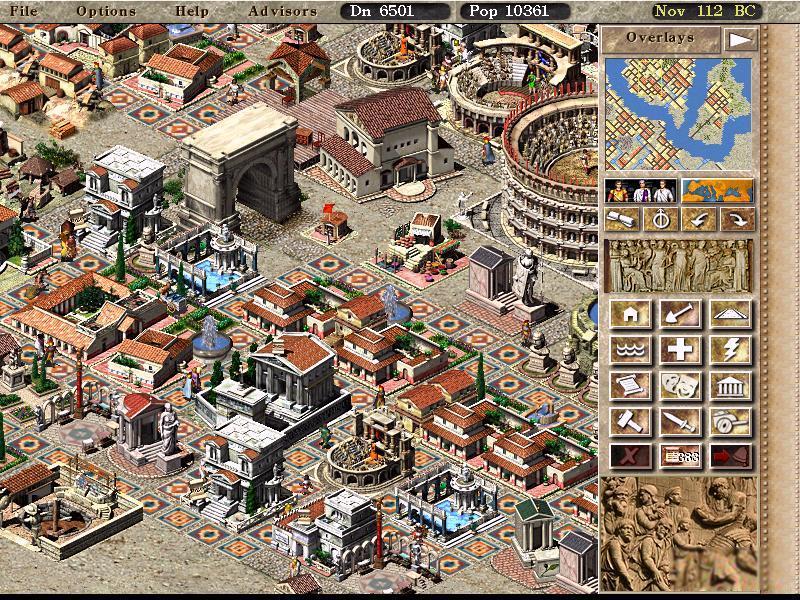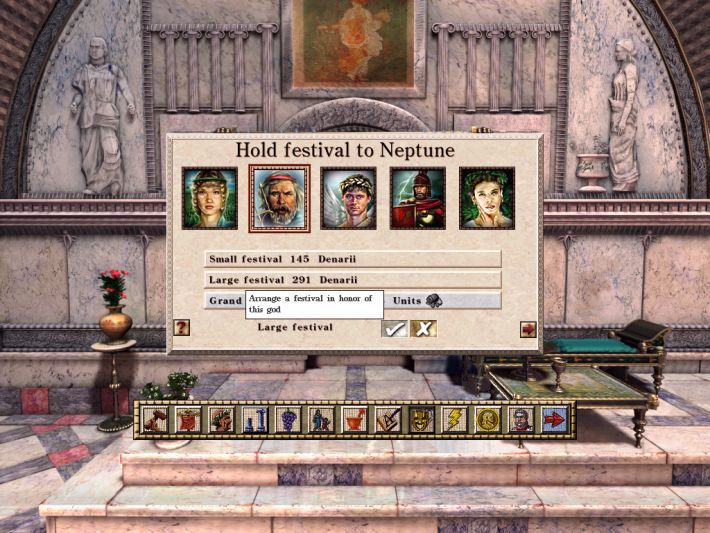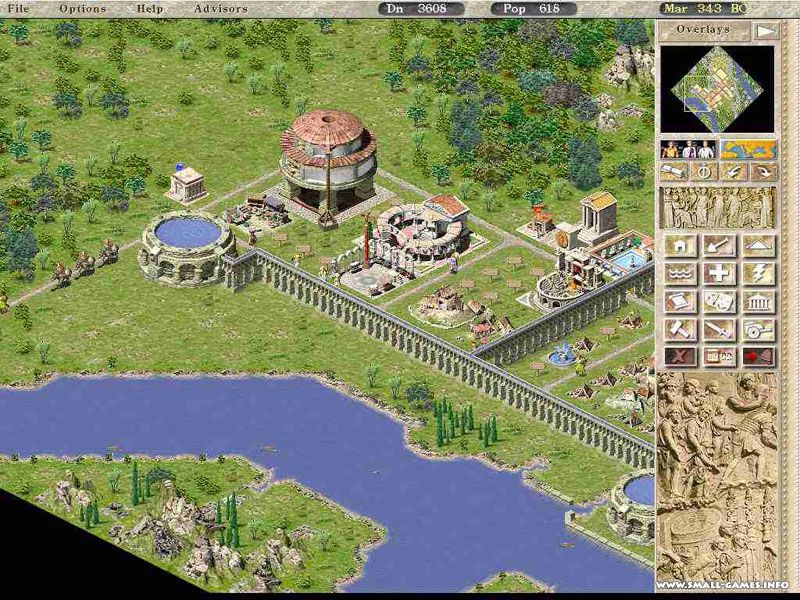
During, the empire, Asia province was bounded by Bithynia to the north, Lycia to the south, and Galatia to the east. The southeast region of Asia province was later reassigned to the province of Cilicia. while the area around Cibyra was added in 82 B.C. Part of Phrygia was given to Mithridates V Euergetes before it was reclaimed as part of the province in 116 B.C.

Aegean islands except Crete, were part of the Insulae (province) of Asiana. With no apparent heir, Attalus III of Pergamum having been a close ally of Rome, chose to bequeath his kingdom to Rome.Īsia province originally consisted of Mysia, the Troad, Aeolis, Lydia, Ionia, Caria, and the land corridor through Pisidia to Pamphylia. After the Treaty of Apamea (188 B.C.) the entire territory was surrendered to Rome and placed under the control of a client king at Pergamum. Īntiochus III the Great had to give up Asia when the Romans crushed his army at the historic battle of Magnesia, in 190 B.C. Later, the word was applied to a vague area in, finally becoming east of them, until it was used generically for the whole continent.

The Roman province of Asia occupied almost exactly the area of that Lydian kingdom.(the northwestern part of what is today Turkey). Originally it only applied to the eastern shore of the Aegean Sea. The Roman province of Asia or Asiana, in Byzantine times called Phrygia, was a Senatorial province governed by a proconsul added to the late Republic. Pamphylia et Lycia (southwest Turkey, 25, A.D. The Romans claimed: 1) North Africa after the Punic Wars (264 – 146 B.C.), 2) Greece, Macedonia, Syria and Asia Minor after the Macedonian Wars (214–148 B.C.) and 3) Egypt after the struggle between Octavian (Augustus) and Marc Antony and Cleopatra VII (Cleopatra) and the Battle of Actium (31 B.C.).ġ) In Asia Minor (Anatolia, modern Turkey)īithynia et Pontus (northern Turkey, south of the Black Sea, 74, 65 B.C.).Ĭilicia (southeast coast of Turkey, 67 B.C.).

Roman soldiers at the crucifixion of Christ


 0 kommentar(er)
0 kommentar(er)
